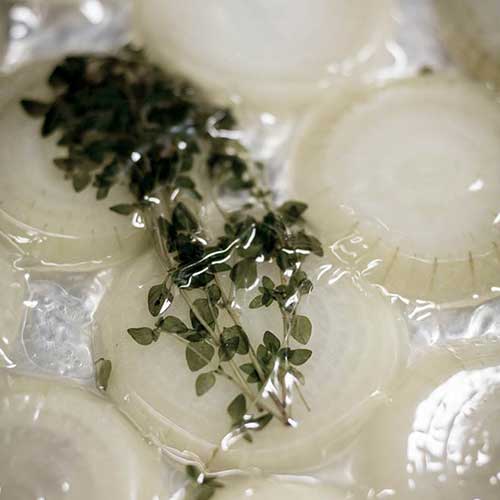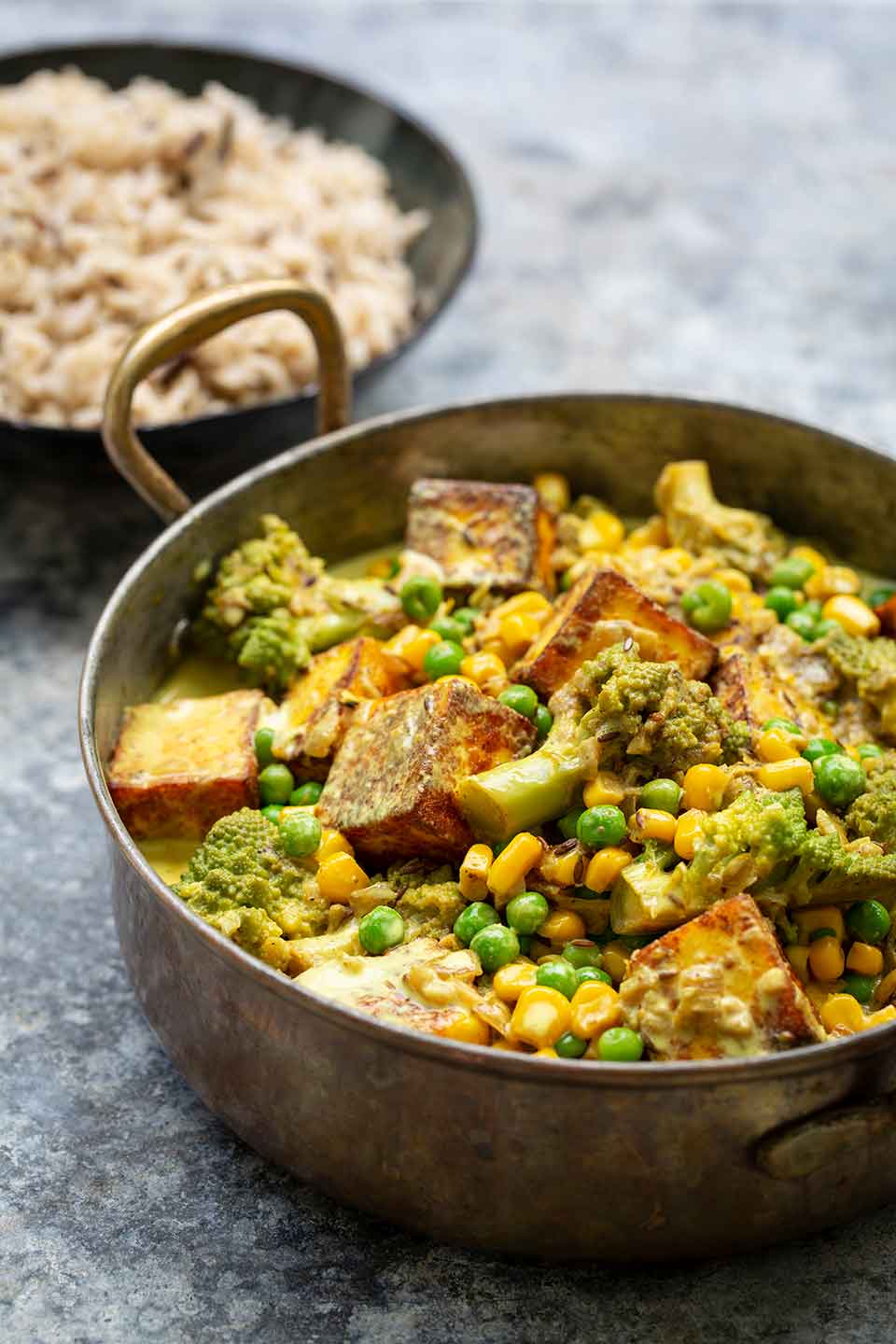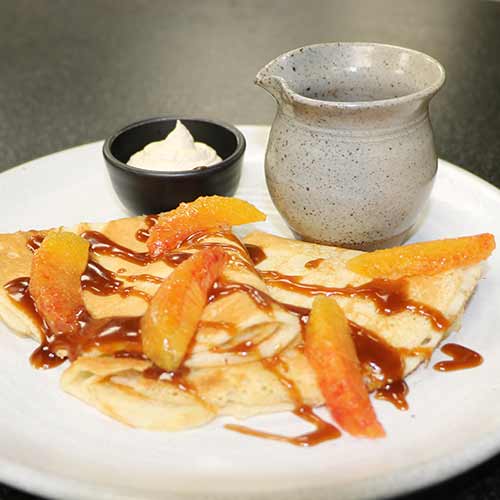Time to try something new, a bit different, be a bit more adventurous? Here’s a few suggestions for cooking with some unusual fruit and veg that you will find at your local greengrocer or supermarket.

- WIN TWO VIP TICKETS TO PUB IN THE PARK 2024 – T&CS
- WIN A FAMILY TICKET TO PUB IN THE PARK 2024 – T&CS
- WIN A SIGNED COPY OF TOM KERRIDGE COOKS BRITAIN – T&Cs’
- WIN A SIGNED COPY OF TOM KERRIDGE’S PUB KITCHEN
- WIN A SIGNED COPY OF TOM KERRIDGE COOKS BRITAIN
- WIN TOUR OF HATTINGLEY VALLEY VINEYARD – T&CS
- WIN A SET OF ALL ELEVEN OF TOM KERRIDGE RECIPE BOOKS – T&CS
- WIN A SIGNED COPY OF TOM KERRIDGE’S PUB KITCHEN BOOK – T&CS
- WIN A £100 VOUCHER FOR KERRIDGE’S BAR AND GRILL
- WIN A ‘TOOTHSOME TUESDAY’ MEAL FOR 2 AT KERRIDGE’S BAR & GRILL, TERMS AND CONDITIONS
- WIN A THREE COURSE MEAL FOR TWO AT KERRIDGE’S FISH & CHIPS TERMS AND CONDITIONS
- WIN A MEAL FOR TWO AT THE BUTCHER’S TAP & GRILL CHELSEA – TERMS AND CONDITIONS
- WIN BREAKFAST FOR TWO AT THE COACH IN MARLOW – TERMS AND CONDITIONS
- WIN A MEAL FOR TWO AT THE BUTCHER’S TAP & GRILL – TERMS AND CONDITIONS
- WIN A SET MENU LUNCH FOR TWO AT THE HAND & FLOWERS – TERMS AND CONDITIONS
- WIN A TOM KERRIDGE BEEF WELLINGTON CHRISTMAS BOX – T&Cs
- WIN A MEAL FOR 2 AT KERRIDGE’S FISH & CHIPS TERMS AND CONDITIONS
- HOLLANDAISE SAUCE
- Payment
- Your Saved Recipes
- PIRATES ONLY
- TOM IN THE COMMUNITY
- WHAT’S NEW
- FOOD AND DRINK INSPIRATION
- PRODUCTS
- TOM KERRIDGE IN THE COMMUNITY
- EVENTS
- THANK YOU
- ACCEPTABLE USE POLICY
- MY ACCOUNT
- TOM’S RECIPE BOOKS
- HOME
- PIRATE SHIP PODCASTS
- Privacy and Cookie Policy
- MY FAVOURITE RECIPES
- TOM’S RESTAURANTS
- SIGNUP
- Terms of Use
- COOK-A-LONG VIDEOS
- WIN TWO VIP TICKETS TO PUB IN THE PARK 2024 – T&CS
- WIN A FAMILY TICKET TO PUB IN THE PARK 2024 – T&CS
- WIN A SIGNED COPY OF TOM KERRIDGE COOKS BRITAIN – T&Cs’
- WIN A SIGNED COPY OF TOM KERRIDGE’S PUB KITCHEN
- WIN A SIGNED COPY OF TOM KERRIDGE COOKS BRITAIN
- WIN TOUR OF HATTINGLEY VALLEY VINEYARD – T&CS
- WIN A SET OF ALL ELEVEN OF TOM KERRIDGE RECIPE BOOKS – T&CS
- WIN A SIGNED COPY OF TOM KERRIDGE’S PUB KITCHEN BOOK – T&CS
- WIN A £100 VOUCHER FOR KERRIDGE’S BAR AND GRILL
- WIN A ‘TOOTHSOME TUESDAY’ MEAL FOR 2 AT KERRIDGE’S BAR & GRILL, TERMS AND CONDITIONS
- WIN A THREE COURSE MEAL FOR TWO AT KERRIDGE’S FISH & CHIPS TERMS AND CONDITIONS
- WIN A MEAL FOR TWO AT THE BUTCHER’S TAP & GRILL CHELSEA – TERMS AND CONDITIONS
- WIN BREAKFAST FOR TWO AT THE COACH IN MARLOW – TERMS AND CONDITIONS
- WIN A MEAL FOR TWO AT THE BUTCHER’S TAP & GRILL – TERMS AND CONDITIONS
- WIN A SET MENU LUNCH FOR TWO AT THE HAND & FLOWERS – TERMS AND CONDITIONS
- WIN A TOM KERRIDGE BEEF WELLINGTON CHRISTMAS BOX – T&Cs
- WIN A MEAL FOR 2 AT KERRIDGE’S FISH & CHIPS TERMS AND CONDITIONS
- HOLLANDAISE SAUCE
- Payment
- Your Saved Recipes
- PIRATES ONLY
- TOM IN THE COMMUNITY
- WHAT’S NEW
- FOOD AND DRINK INSPIRATION
- PRODUCTS
- TOM KERRIDGE IN THE COMMUNITY
- EVENTS
- THANK YOU
- ACCEPTABLE USE POLICY
- MY ACCOUNT
- TOM’S RECIPE BOOKS
- HOME
- PIRATE SHIP PODCASTS
- Privacy and Cookie Policy
- MY FAVOURITE RECIPES
- TOM’S RESTAURANTS
- SIGNUP
- Terms of Use
- COOK-A-LONG VIDEOS






